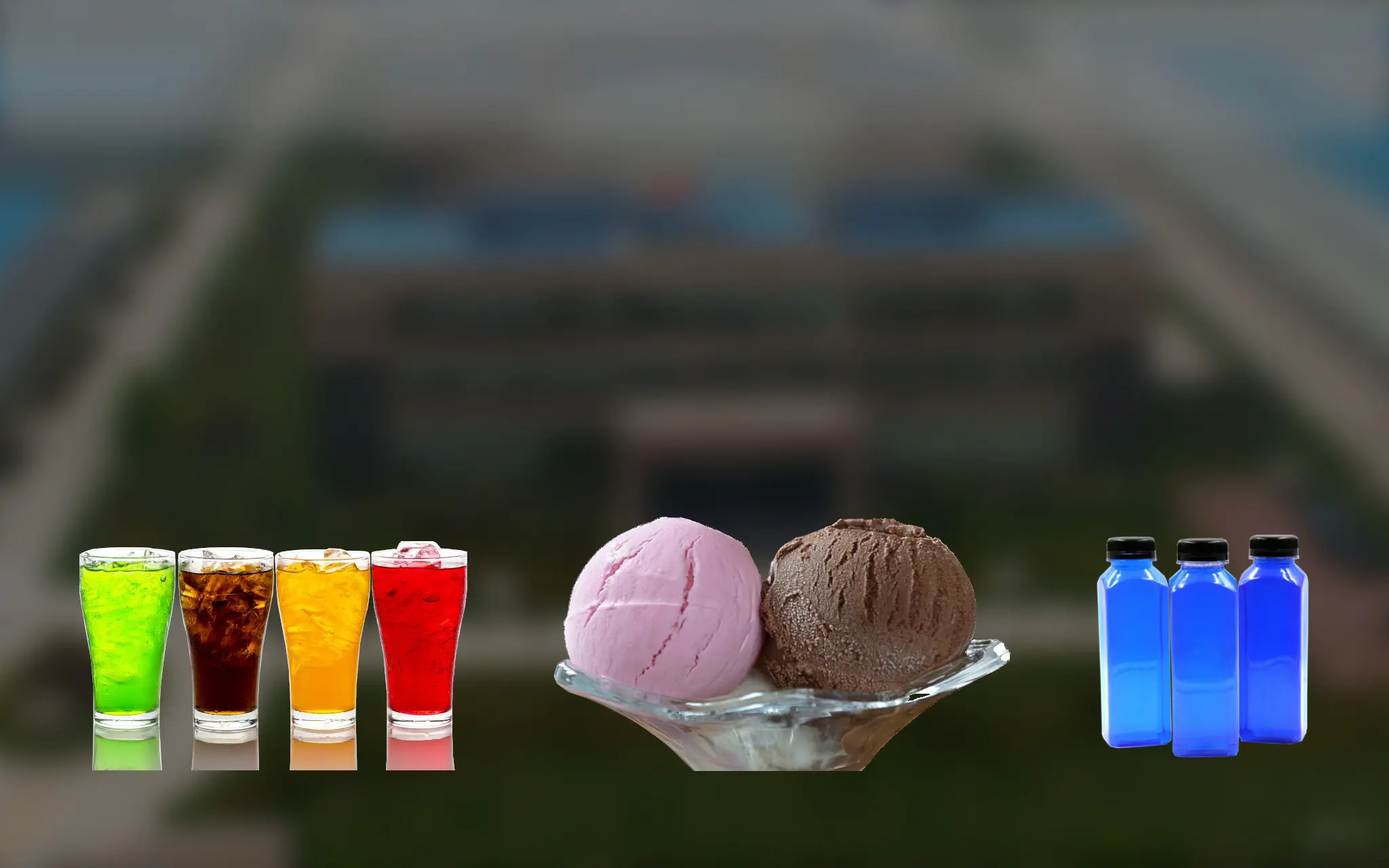The Sweet Allure of Ice Cream Colors: Exploring Ice Cream Color and Beta-Carotene Food Coloring
Ice cream is more than just a delicious treat; it’s a canvas for creativity and fun, with vibrant colors that tantalize the senses. The colorful world of ice cream draws people in, making it visually appealing and enhancing the overall experience. In this article, we’ll dive into the significance of ice cream colors and explore beta carotene food coloring as a natural option for creating those delightful hues.

The Importance of Ice Cream Colors
Colors play a crucial role in our perception of food. They can evoke emotions, influence taste expectations, and enhance the overall enjoyment of our favorite frozen desserts. Ice cream colors not only make the treat visually enticing but also serve to represent different flavors, making it easier for consumers to choose.
1. Color Psychology in Food
Bright and vibrant colors can stimulate appetite and create a sense of excitement. For instance, pastel shades might suggest a creamy and smooth texture, while bold colors might indicate fruity or tangy flavors.
The psychology behind food colors also connects to nostalgia and personal preferences, with many people associating certain colors with their favorite childhood treats.
2. Artistry in Ice Cream PresentationF
Ice cream makers often use color to enhance the artistry of their products. Layering different colors or using swirls can create a visually stunning presentation, making the ice cream not just a treat but a piece of art.
Seasonal colors, such as pastel hues for spring or rich, deep tones for fall, can attract consumers during different times of the year.
Beta-Carotene: A Natural Coloring Agent
In the quest for beautiful colors in ice cream, many manufacturers are turning to natural food coloring options like beta-carotene. This vibrant orange pigment is derived from carrots and other vegetables, making it a popular choice for health-conscious consumers looking for clean-label products.
1. What is Beta-Carotene?
Beta-carotene is a type of carotenoid, a natural pigment found in various fruits and vegetables. It is known for its bright orange color and is a precursor to vitamin A, essential for maintaining good vision, skin health, and immune function.
Beyond its health benefits, beta-carotene serves as a natural food coloring that can impart a rich hue to ice creams, particularly in flavors like mango, pumpkin, and carrot.
2. Benefits of Using Beta-Carotene
Natural and Safe: Unlike synthetic food colorings, beta-carotene is derived from natural sources, making it a safer choice for consumers, especially those concerned about artificial additives.
Nutritional Value: Adding beta-carotene not only enhances color but also contributes to the nutritional profile of the ice cream, providing health benefits along with indulgence.
Versatility: Beta-carotene can be used in a variety of ice cream flavors, from fruity to creamy, offering flexibility in product development.
3. Consumer Preferences
As consumers become more health-conscious, the demand for natural food coloring options like beta-carotene has increased. Many ice cream brands are now emphasizing their use of natural colors and ingredients in their marketing to appeal to this growing market segment.
Conclusion
The world of ice cream is not just about flavors; it's also a vibrant palette of colors that enhance the experience. With the growing trend toward natural ingredients, beta-carotene food coloring offers a beautiful, health-conscious alternative to synthetic dyes. As consumers continue to seek out visually appealing and nutritionally beneficial options, ice cream makers have the perfect opportunity to innovate and delight with every scoop. Indulging in ice cream is not just about taste; it’s about embracing the delightful colors and the natural goodness that come with it.

Comments
Post a Comment